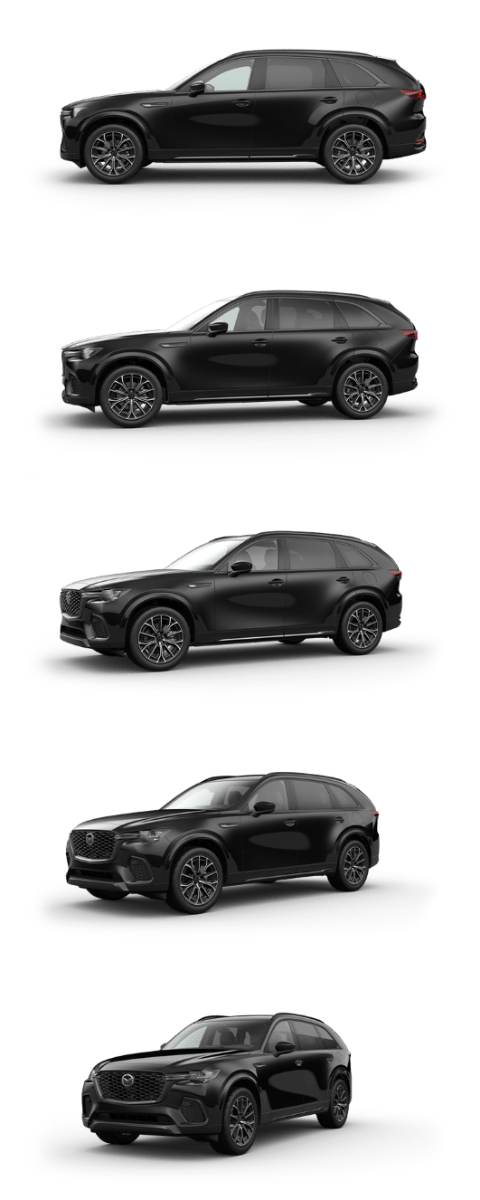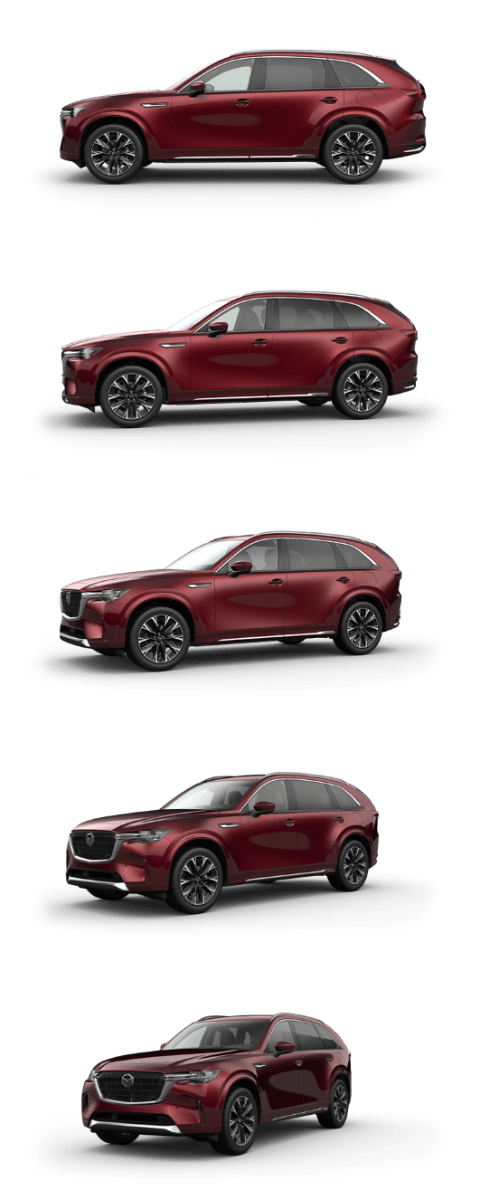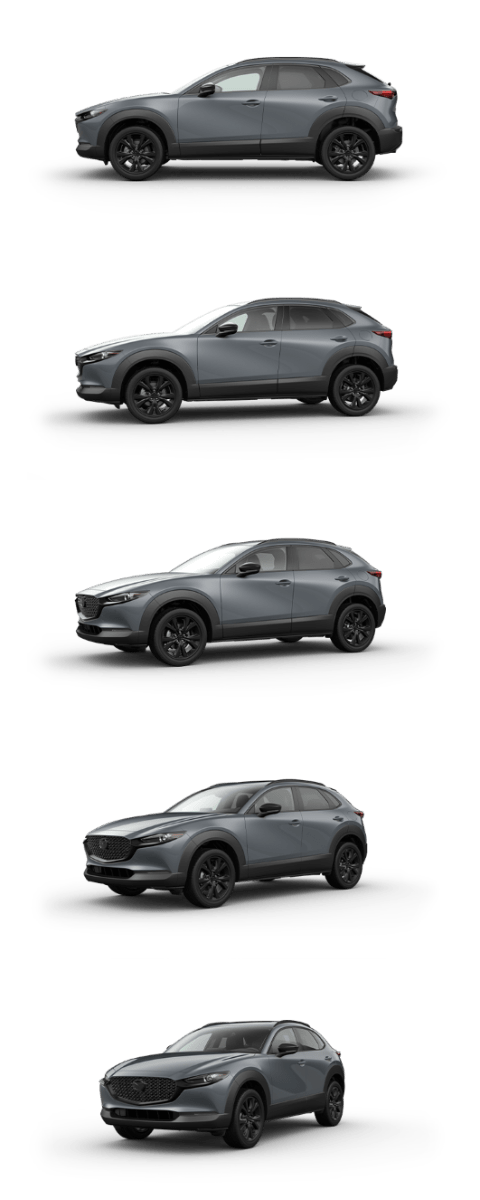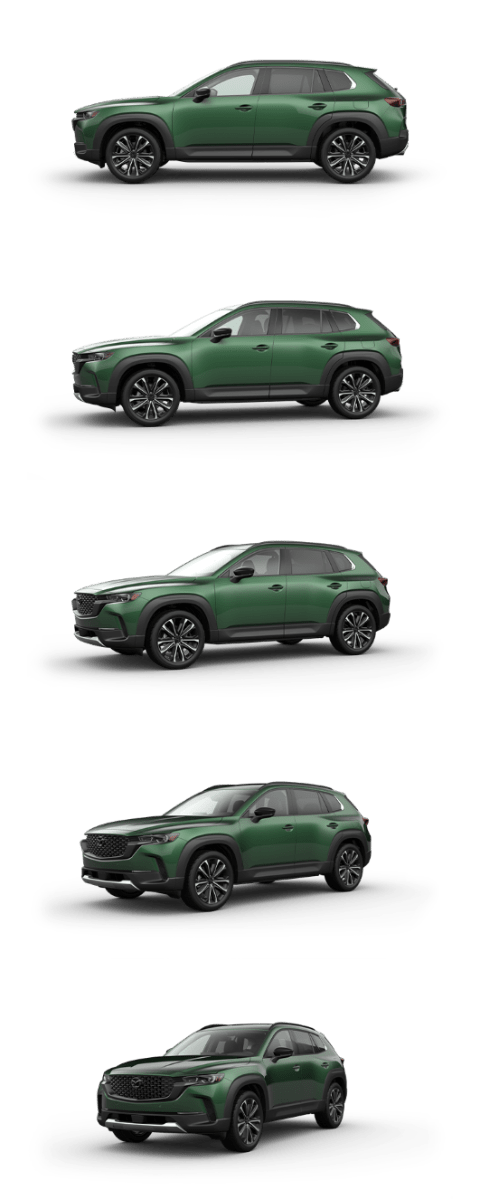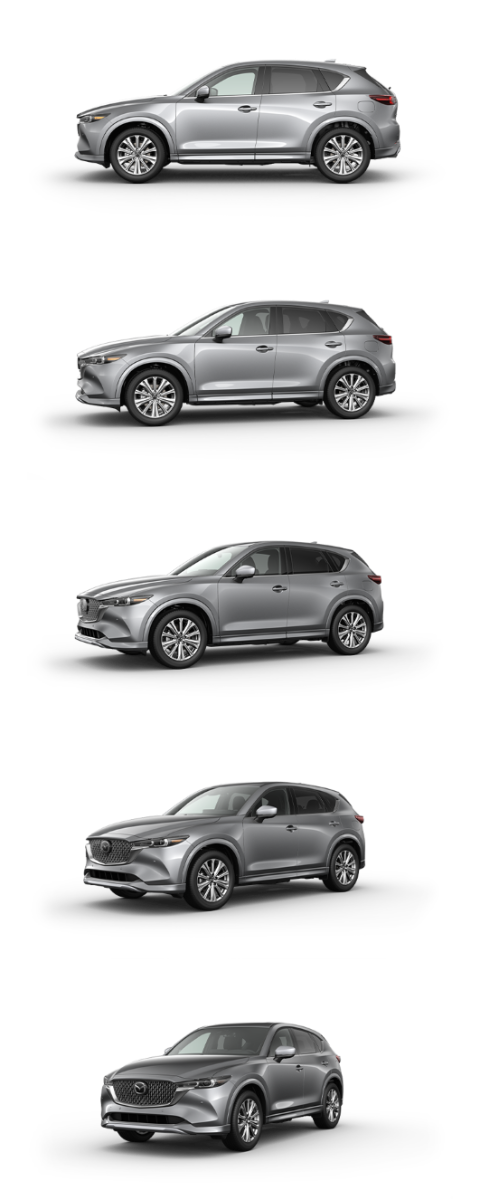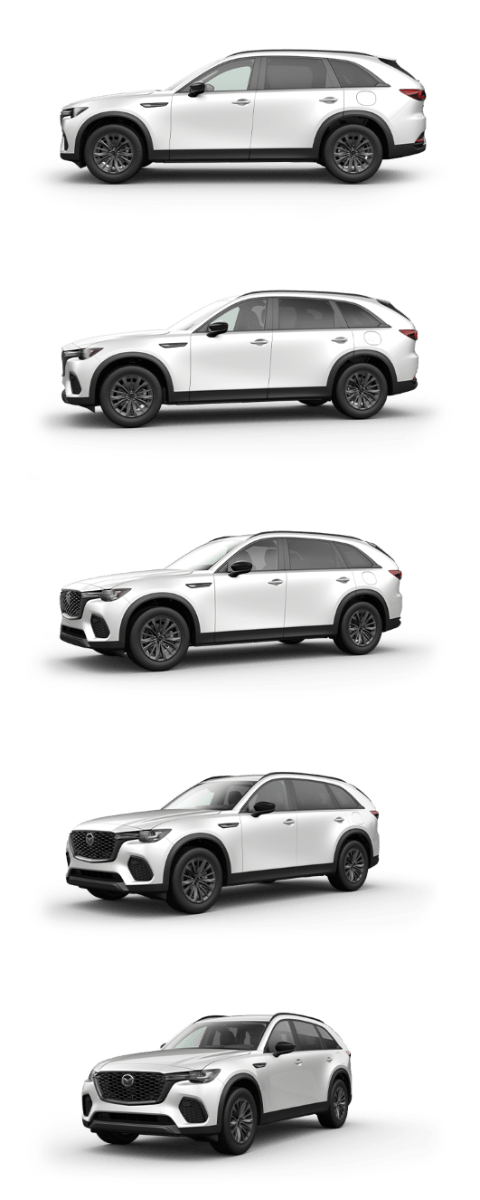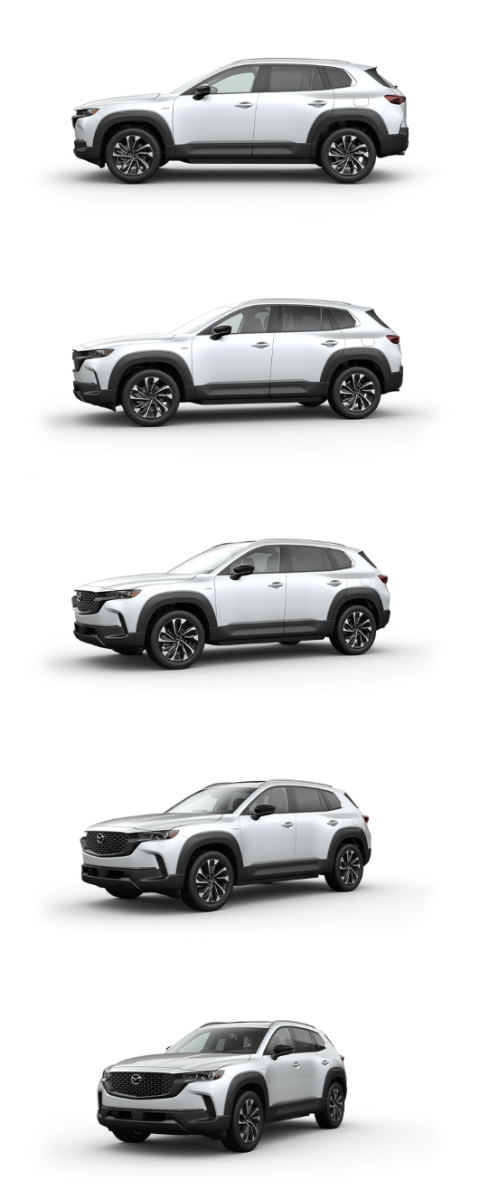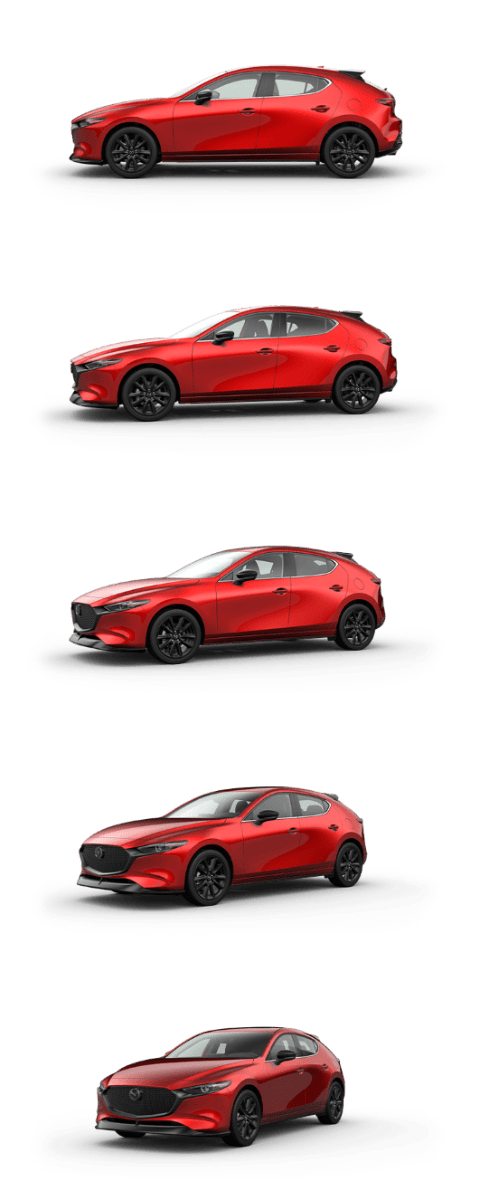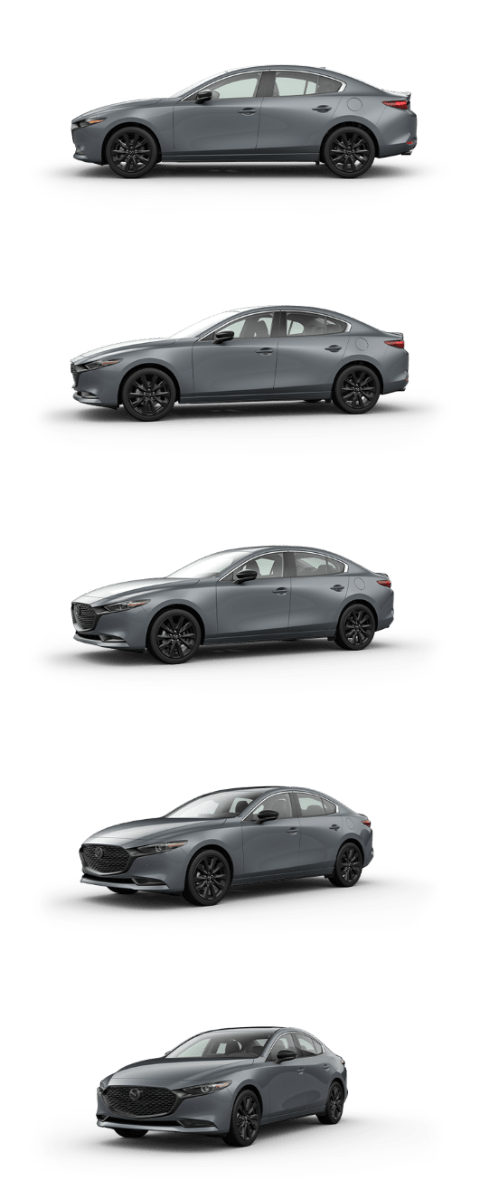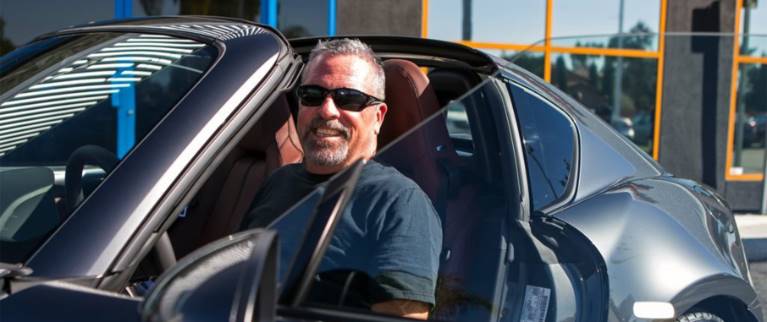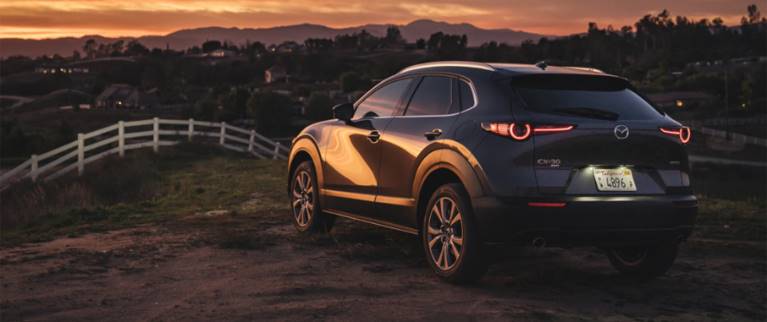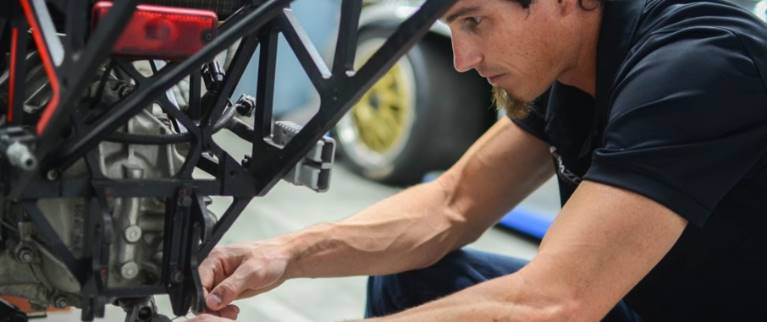How Does EV Instant Torque Work?
Instant torque means that electric motors can provide maximum torque immediately, even from zero RPM.

In technical terms, torque is the rotational force applied around an axis; in more general terms, it’s the force that gets things spinning — whether setting the wheels of a vehicle into motion, powering a drill, or even you pedaling off to begin riding a bicycle. Torque is a principle that applies across all types of machines that require rotational energy, from blenders to bullet trains, and plays a major role in how quickly and smoothly wheeled vehicles accelerate.
In electric vehicles (EVs) that use electric motors for propulsion, torque can be applied much differently than it does in traditional engine-powered vehicles. The motors in electric vehicles generate power using magnetic fields, which means they don’t need to rev up to reach the peak of their torque range. This is why EVs and many hybrid vehicles are able to deliver the near immediate and forceful response known as “instant torque.” To put it another way, ”instant torque” means that maximum torque is available immediately from the moment the accelerator is pressed — that, unless they are artificially limited, electric motors can produce peak torque from zero RPM, delivering instant torque to move a vehicle. In contrast, ICE vehicles need to reach higher engine speeds, typically above 1,600 RPM for turbocharged engines and more RPMs for naturally aspirated engines, before peak torque is achieved. While gears in transmissions and axles can help amplify this, they can’t replicate the immediate torque delivery of electric motors (including most hybrid vehicles) from the moment one steps on the accelerator or from low revs.
How do ICE vehicles compare in terms of off-the-line acceleration?
Generally speaking, electric or hybrid vehicles accelerate quicker than their gas-only counterparts, all other things being equal. However, it’s extremely rare to find all other things equal, with different power ratings, drive systems (front, rear, or all), transmissions on ICE vehicles, tires, and other parameters (to a lesser extent).
A useful comparison is to visualize the instant-torque advantage of vehicles available in both gas and hybrid versions, such as the Mazda CX-50. Comparing CX-50 2.5 S variations with their hybrid counterparts, it shows that with similar tires, vehicle weight and base gasoline engine, any performance difference is largely a result of the added hybrid electric motor.
Generally, here is how that plays out:
• A typical combustion-only compact SUV might make the 0-60 mph benchmark test sprint in 7-9 seconds.
• Meanwhile, the hybrid version of that compact SUV might do this in 7-8 seconds.
This increase would be primarily due to the early availability of peak torque of the electric motor and a slight increase in horsepower from the electric motor and gasoline engine working together at higher rpm. To add to this, hybrids usually still deliver significantly better fuel efficiency, especially in the city.
Looking closer at 0-60 mph vs. 5-60 mph times
There is also the question of how you measure “off-the-line” performance. In vehicle testing, most consumer publications try to maximize the performance (minimize the acceleration time) in ideal conditions. Notably, these tests can also employ special techniques that you’d never use in everyday driving, such as onboard launch control, brake torquing, clutch dumping, and speed shifting.
A more realistic test (and a far better predictor of how responsive a vehicle will actually feel), is the 5-60 mph time. Also known as a rolling start, this is typically where the car is in motion and the accelerator is floored at 5 mph. Rolling starts further highlight the advantages that electrified vehicles tend to have, with their instant torque meaning that they accelerate more smoothly and consistently from low speeds. In comparison, high-performance, gas-powered cars (especially those with turbochargers or manual transmissions) can be 40–45% slower in a 5–60 mph test than in a full 0–60 mph sprint.
When considering the difference between the 0-60 mph time and 5-60 mph time as an indicator of responsiveness, electrified vehicles and non-turbocharged vehicles with automatic transmissions will typically perform best.
Are some EVs quicker than others?
Yes, absolutely. Just like with gas-powered cars, the performance of electric vehicles varies depending on design, power output, weight, and aerodynamics. Some electric vehicles prioritize range over speed, others might be limited by costs, some by traction, and some are designed to deliver a set amount of performance, even if the battery and motors are capable of more.
Note: We’re using “quicker” to describe acceleration, since “faster” generally applies to top speed.
Benefits of instant torque
The instant torque of an electrified vehicle has many everyday advantages that enhance the driving experience. Some examples include:
Enhanced response
There’s no detectable delay when you press the accelerator in an electrified vehicle because it’s all done at the speed of electronic signals and power. There is no waiting for intermediate mechanical steps like a throttle plate opening, and usually no transmission to downshift. This creates a quicker response to the driver's input in electrified powertrains.
Quick acceleration
Rapid and confident acceleration makes it easier to get around slower traffic, merge onto fast-moving highways and expressways, and speed up to a gap if your exit is coming up sooner than you think. This gives the driver more control when timing matters; it’s not about racing, it’s about safety and convenience when real-life situations require quick decision-making.
Increased efficiency
EVs and hybrids tend to lose much less energy to waste (like heat) than traditional internal combustion engines do. Additionally, electrified vehicles often don’t have the parasitic drag of multi-gear transmissions, torque converters, clutches, or driveshafts/differentials that can drain energy via friction or other methods. Instead, electric vehicles deliver more power directly to the wheels instead of through these additional mechanical components, minimizing energy loss.
Smoother and quieter
Although ICE vehicles continue to improve, a car that makes no gear changes and has fewer moving parts is likely to have a smoother, quieter operation. This doesn’t necessarily give electric vehicles a silent ride (at highway speeds, noise comes primarily from the tires and wind), but they tend to be quieter in general and have more peaceful cabins than traditional gas vehicles.
Improved off-roading performance
Are there any downsides to instant torque?
Although instant torque has several major benefits, there are also some potential considerations for drivers to keep in mind:
Wear and tear
Putting all that power to the pavement every time you take off from a stop can speed up vehicle wear. Similar to combustion cars that limit how many launch-controlled starts you can make, using maximum acceleration in an EV can reduce tire and battery longevity. Regardless, smooth driving habits can help preserve both performance and efficiency.
More attention required
With instant torque, what you do with the accelerator matters, especially in slippery or challenging conditions. If you press the pedal too aggressively, traction control systems will kick in to prevent wheelspin and keep the car going straight. Electric vehicles also reach higher speeds with less noise and drama than your previous vehicle, which can result in underestimating your own speed and may require more attention to the speedometer (particularly as you adjust to a new EV).
Energy consumption
Instant torque makes it tempting to tap into powerful acceleration, but keep in mind that this isn’t free. Rapid acceleration uses more energy, whether it’s gasoline or electricity, which can reduce your vehicle’s range. Although regenerative braking allows you to recover some of that energy as you slow down, it doesn’t fully offset the extra energy used when aggressively accelerating. Driving smoothly not only extends your range but can make for a more comfortable ride, too.
Accelerate into a new era of driving with the electrified lineup at Mazda
Whether you're focused on performance, efficiency, or everyday versatility, the Mazda electrified lineup is engineered to move you — instantly.
More Electric Vehicle Resources from Mazda
Interested in learning more about electrified powertrains? Browse some of our related resources below:
• How do Hybrid Cars Work?
• Should You Get a Hybrid or Gas-Powered Car?
• Pros and Cons of Buying a Hybrid Car
• How Do Electric Cars Work?
• Do Electric Cars Have Transmissions?
• How do Electric Car Motors Work?

